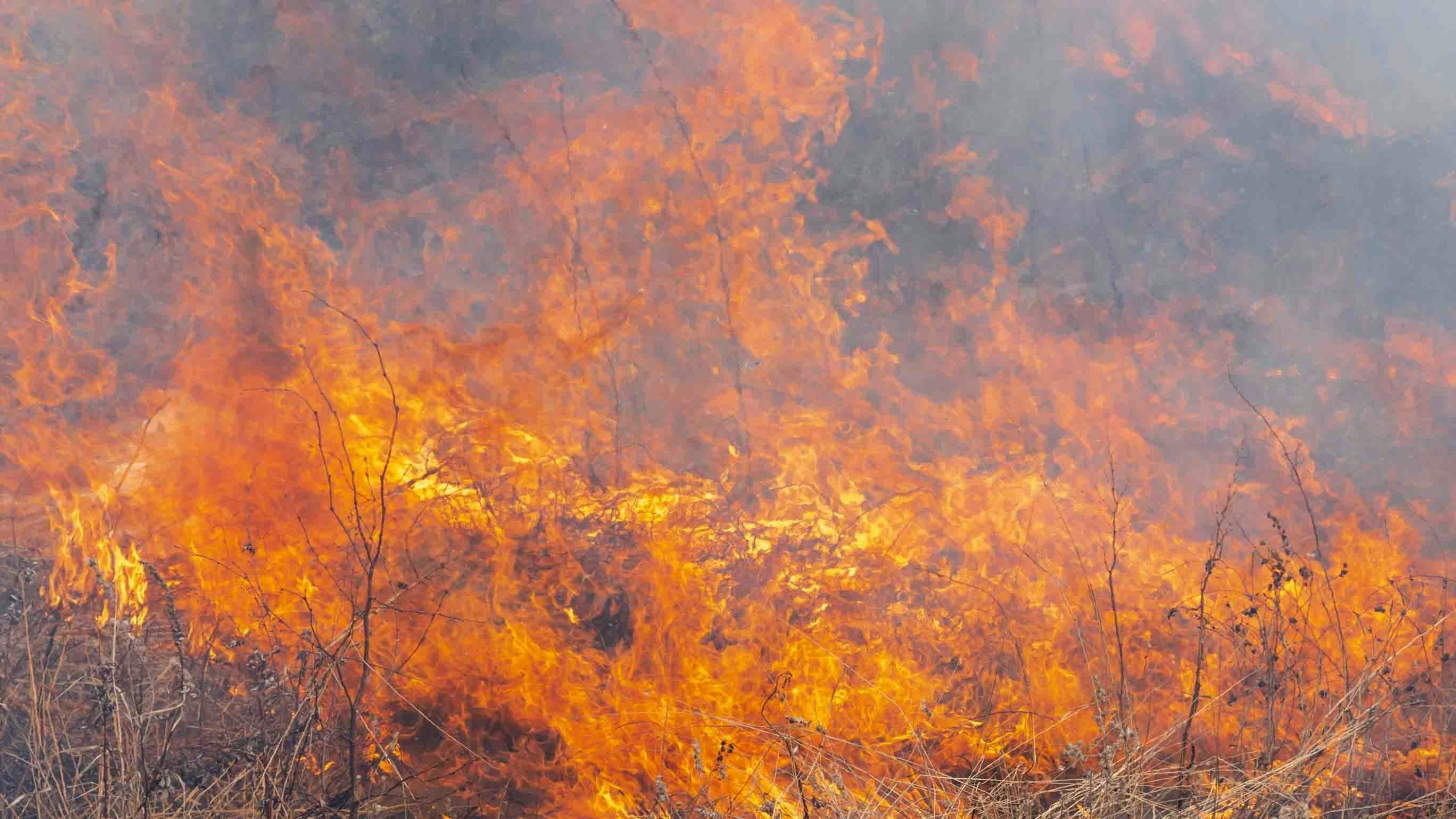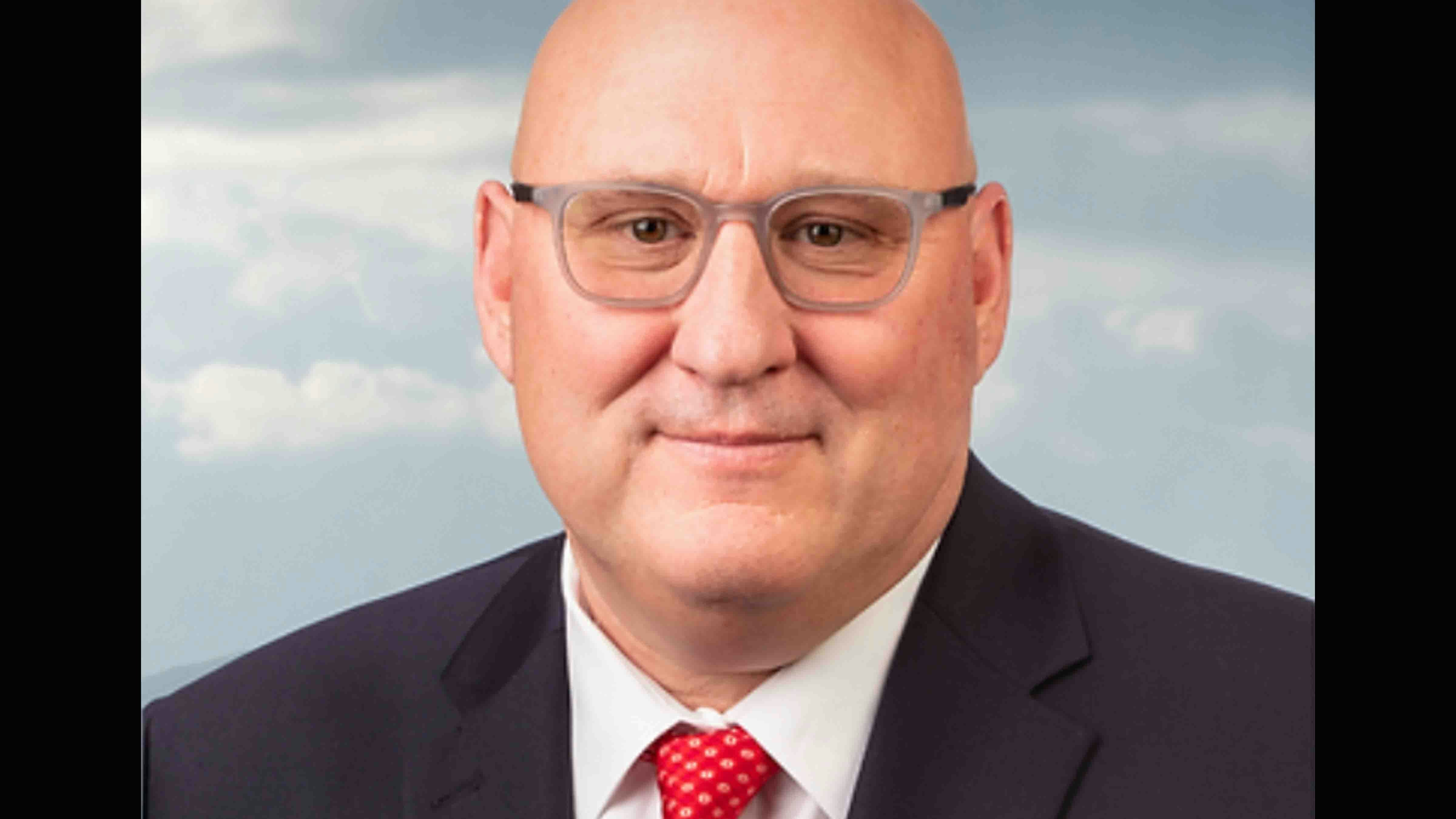By Bill Sniffin, publisher Cowboy State Daily, (Photos and illustrations from WyoHistory.org.)
It was the worst of the worst. Good young men. Running for their lives. Nowhere to hide. The fire was relentless.
This month marks the 83rd memorial anniversary of the worst forest fire disaster in Wyoming history when it comes to loss of firefighter lives.
In an obscure and difficult place to reach called Blackwater, a group of forest rangers and Civilian Conservation Corps firefighters lost their lives on Aug. 21, 1937.
Lightning started the fire that burned some 1,700 acres in the Shoshone National Forest west of Cody.
Although the fire began on Aug. 18, it slept and was not detected until two days later. Some 58 men were deployed in the area.
A weather event called a “dry cold front” was instrumental in the fire blowing up and engulfing the crew that died. Nine men perished immediately and another six died later of their horrific burns. Another 38 men suffered injuries as almost the entire crew was injured or killed in the conflagration.
Cause was later specified as an undiscovered “hot spot” that was rapidly expanded by this weather condition that can move into an area so fast. Back in 1937 before satellites, technology was not in place in helping to predict weather.

Lander’s Karl Brauneis is a national expert on forest fires and cites several changes to firefighting brought about by tragedies like the Blackwater.
“The development of a fixed lookout detection system coupled with aerial detection and the ‘Ten Standard Fire Orders’ all helped keep fires smaller and safer for the men who fought them,” he said. “The 1939 Smokejumper program of fast aerial initial attack by parachute was in direct response to the Blackwater tragedy. Soon a very aggressive system of prevention, detection and control was in place nationwide.”
Karl laments the loss of so many fire lookout towers in recent years and believes that many should be rebuilt to help provide for early detection.
But the key to better firefighting management, according to Karl, has been the loss of our federal timber sale program. Federal timber not only provided for American jobs and reduced fuel loads but also paid for school districts, county roads and bridges and most importantly the large Forest Service crews that planted trees, piled brush and built trails. Those crews were all financed by the timber sold and were not linked to the appropriated federal budget.
The recollection of this horrible Cody-area fire was also on my mind seven years ago as more than 200 firefighters dealt with a fast-moving fire that ripped through Sinks Canyon State Park and the southern end of the Shoshone National Forest just outside of Lander.
Smoke covered our town and we could watch the flames from our deck.
A development called Homestead Park with about 30 homes and cabins came within 50 yards of being burned. A huge DC10 jet tanker that was based in Casper that year dropped about 11,000 gallons of slurry on the fire during each pass and appeared to be the decisive factor in saving the subdivision.
To me, the power of that fire was relentless. I was worried it might follow the river bottom all the way to Lander. The fire was limited to about 2,000 acres.

Such losses by fire have been detailed in two of the best books that I have read. They are just amazing works.
Young Men and Fire is a book by Montanan Norman Maclean, who also wrote A River Runs Through It.
Maclean is an amazingly conservative writer who labors on each word. It takes him over 10 years to produce a book. His book is the story about a fire in the Gates of the Mountain area of Montana in 1949 that killed 13 smokejumpers.
Author Timothy Egan wrote The Big Burn, which detailed a massive fire that covered the state of Idaho in 1909-1910 and killed more than 100 brave but ill-equipped firefighters.
Those fires and the politics behind its non-suppression helped preserve the fledgling U. S. Forest Service, which was being attacked and decimated by powerful members of the Congress working for the big lumber companies. It took a mighty effort by President Teddy Roosevelt and USFS head Gifford Pinchot to keep the service in place.
In 2020, we are primed for a horrible fire season in Wyoming. Pray for rain and if you live in the trees, you may want to create a nice clearing around your property.





